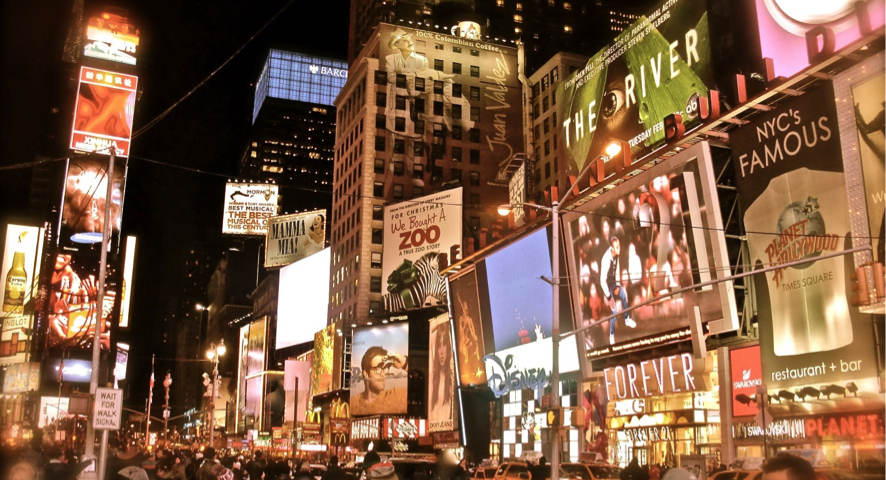The importance of cultural references when choosing a destination



The importance of cultural references when choosing a destination
Bob Marley That’s the first thing people (usually) say when you mention Jamaica. “Reggae” too, but, above all, Marley. And if the interlocutor does not place the capital in Kingston, that’s OK. He will be able to recognize one of his neighborhoods, Trenchtown, just by listening to the name. Because the song already said it: “I remember when we used to sit in a government yard in Trenchtown.”
We are made of references made by books, movies, songs, pictures and moments. Each one of those memories is part of our identity and our knowledge. And they encourage us to want to know more. Our references enhance our curiosity.
We have already talked about the influence that cinema has on tourism. But popular culture covers much more. There are those who travel to Florence only to walk through Via del Corno after having read Vasco Pratolini and his Chronicle of Poor Lovers. And nobody visits Scotland without some acquaintance asking if the aim is to search for the Loch Ness monster. We want to go to New York and see the yellow cabs and, in London, get on the red buses. And we aspire to live in a Miyazaki movie when we disembark in Tokyo. Beyond those interested in depth in destinations, global references help place a location on the map and give it an aura which the location in question can exploit.
For this, it is necessary for the destination to be aware of which elements of its culture have become part of the rest of the world and how it can enhance them without turning the special into a caricature-making an amusement park out of a universal reference is not so far from reality. A great tourist campaign like this one from Norway can present its best attractions while getting a renowned painting, therefore, known by many potential travelers, linked to the country. Or this one, in which Ireland not only takes advantage of a festivity celebrated internationally, Saint Patrick’s Day, but also one of its greatest referents: Liam Neeson. Because… which better place to celebrate March 17th than the emerald island where it was born.
And then, as a special example on how to use popular culture to promote itself without fear of falling in every cliché in the book, we have New York with the campaign that, in each microsecond, bets on any reference created by any idea that the traveler has of the city to create appeal – there is even a meta-reference to pop art itself!
It is very important for the traveler to have some kind of idea about what happens, has happened or will happen in a place. And it is very important that destinations embrace the references they have, aware of what they give them. That’s why destinations become associated with illustrious citizens of their country, that’s why there are film commissions and that’s why a song or a painting with a specific location helps said location.
And if you don’t believe me, look at Belize who, after hearing in Breaking Bad that, when trying to get rid of someone, that a character metaphorically said “they were going to send him to Belize”, created a whole tourist campaign taking advantage of the fact that someone put them in the mind of the consumer.
By Claudia Lorenzo
@Mariclo1985

Update your browser to view this website correctly.Update my browser now